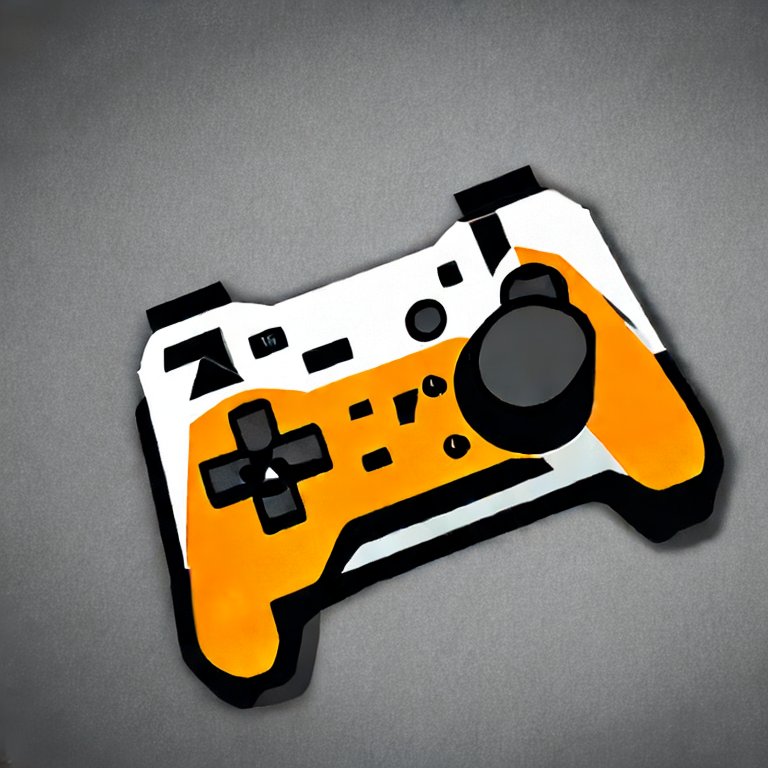
- 1 Post
- 411 Comments


The choice of CryEngine was because of Crysis, a game that was infamous for PC killing visuals. Roberts doesn’t just want a gran open universe, but also something that looks like real life.
Which is why on two occasions new ships were put off from development in order to competent overhaul existing ships to look better, as better graphics became the norm.
I’m surprised development hasn’t completely paused once again to overhaul everything for raytracing.


Good faith, no. There’s about as much good faith as a silicon valley tech bro looking for venture capitalists.
I don’t think Chris Roberts doesn’t believe in what he’s doing. I genuinely think he wants to make what he’s promising because he’s been trying to do that since the 90s. But he’s also milking the development time/funds as hard as he can.


900 million USD and 13 years of development and they still don’t have the single player linear story game Squadron 42 released.
The visuals were absolutely crazy 10 years ago and are starting to look dated today. They’ve gone over and reinvented the wheel several times, including using a game engine that was never meant for online play.
The only thing that is keeping this level of incompetence afloat is the shit ton of money that people keep pouring into this. Previously Roberts had some executive that would kick him off a project if he got too… ambitious. But now he’s in full control of his project and… Well… For the first, and ONLY, time ever I take the side of the executives.


Depends on how it’s used.
Right now it’s used to replace skilled workers, be them artists, actors, or programmers.
I can certainly think of a few good uses for AI in games, but to a Corpo CEO “good use” = wider profit margins at the cost of humanity. And so we need to be informed about such things when we spend money on something that is by all rights an artform.


“Comodity controlled by one party”. Except it’s not controlled by one party.
Outsized market power, what left out are the actions taken to make such an outsized market power. Monopolies are not a passive that form all by themselves. They are created through expansion acquisition, and aggressive crushing of competition. Disney and Nintendo do these actions. Valve does basically… Nothing.
A single dominant seller, but again leaving out all the rest I have written above.
There is nothing Valve can stop doing to be less “a monopoly”. All they’ve done is provide a pretty decent service, and nobody else can be arsed to top that, even companies with the resources to do so.
That’s not a monopoly.


No good competitors because they don’t have money? Excuse me? Are you seriously trying to paint Epic Games as some poor small underdog company?
Yes, Steam will eventually go to shit. But it’s not shit right now, and the competition can’t even be bothered to have a shopping basket feature in their store, something every online store already had since the dawn of online stores 20 years ago.

 English
English- •
- youtu.be
- •
- 1M
- •



You don’t know a thing about Divinity or Larian if that’s your takeaway. XD